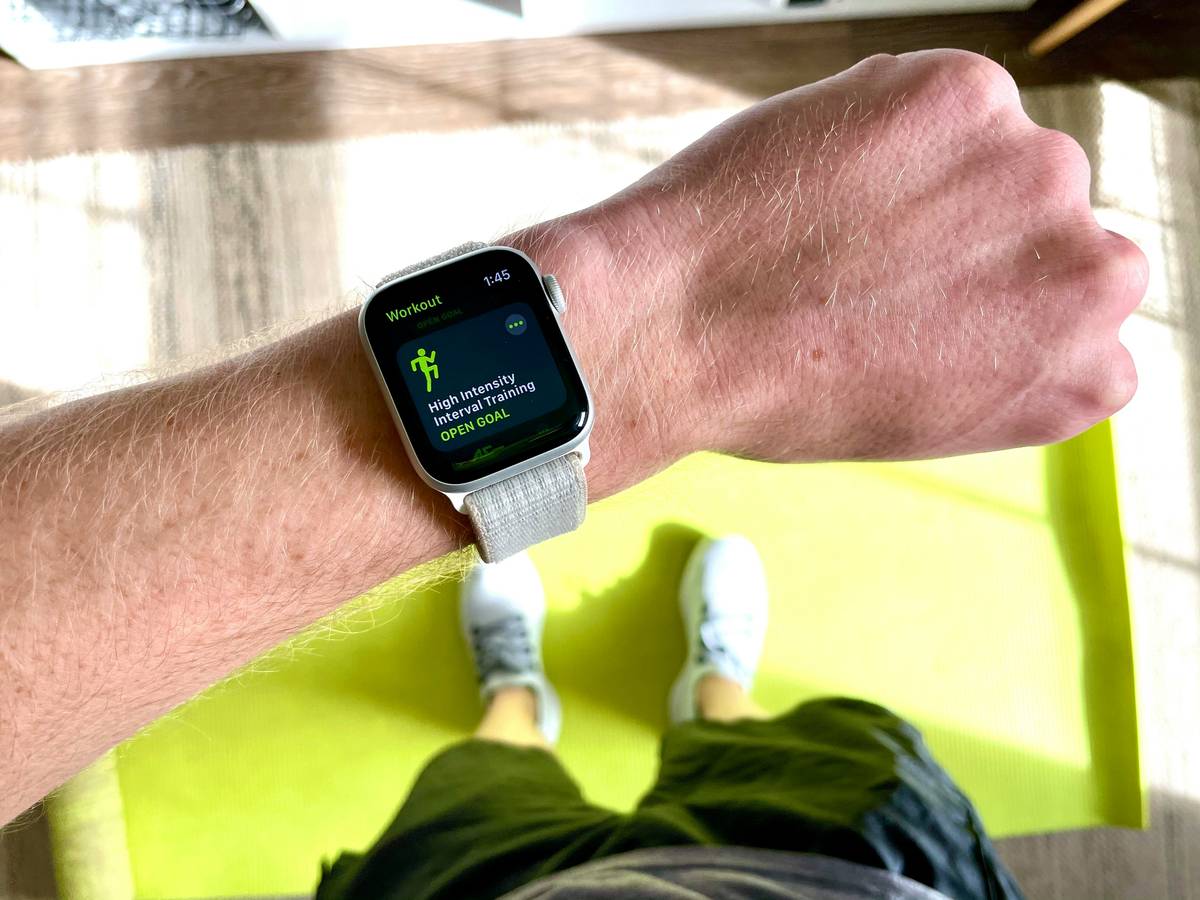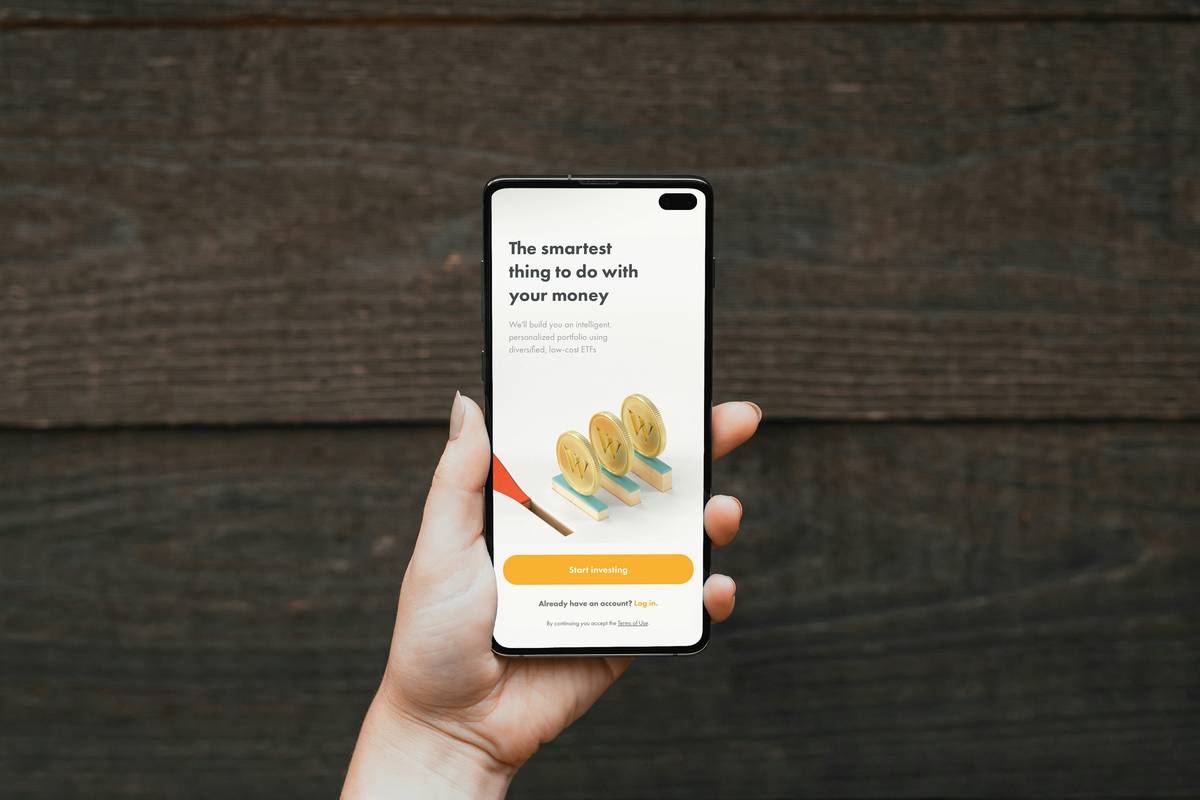Ever felt like your stress levels are running higher than a phone bill with international roaming charges? Yeah, us too. In today’s fast-paced world, we’re all searching for ways to simplify and soothe our chaotic lives. Enter “soft life strategies”—a game-changing approach to mental wellness that uses technology as your personal zen master. But can an app really help you find calm amidst the chaos?
In this blog post, we’ll dive deep into soft life strategies that pair perfectly with stress management apps. We’ll cover why these tools matter, how to incorporate them into your daily routine, actionable tips to get started, real-world examples of their success, and answers to FAQs about making it work for YOU. Grab your coffee (or herbal tea) and stick around—it’s worth it.
Table of Contents
- What Are Soft Life Strategies and Why Do They Matter?
- How to Use Stress Management Apps Effectively
- 5 Best Practices for Implementing Soft Life Strategies
- Real Success Stories from Real People
- Frequently Asked Questions About Soft Life Strategies
Key Takeaways
- Soft life strategies prioritize simplicity, mindfulness, and intentional living to reduce stress.
- Stress management apps like Calm, Headspace, and Fabulous offer customizable solutions tailored to individual needs.
- Consistency is key—start small by dedicating just five minutes a day to using these tools effectively.
- Leverage features like guided meditations, habit trackers, and mood journals in conjunction with broader lifestyle changes.
What Are Soft Life Strategies and Why Do They Matter?
Let me confess something embarrassing: For months, I tried every self-help book out there—but somehow still ended up Googling “how to survive adulthood” at 3 AM. It wasn’t until I stumbled upon soft life strategies—and combined them with my favorite stress management apps—that things finally clicked. These strategies emphasize reducing overwhelm by simplifying tasks, setting boundaries, and leaning into tech tools designed to enhance your emotional health.

Figure 1: Mental Wellness Trends Among Adults Aged 18-45
“Optimist You:” *’These strategies will transform your mental state!’
Grumpy You:* ‘Yeah, but what if I forget to recharge my phone halfway through a meditation session?’*
How to Use Stress Management Apps Effectively
Step 1: Choose the Right App for Your Needs
Not all apps are created equal. Some focus on breathwork (like Breathwrk), while others excel at sleep hygiene (think Sleep Cycle). Consider what aspect of stress or mental wellbeing you need help with most before downloading anything.
Step 2: Set Up Daily Reminders
No one has time to remember yet another task. Schedule push notifications during low-stress times of the day—for example, early mornings or lunch breaks—to build consistency without added pressure.
Step 3: Customize Features to Fit Your Routine
If journal prompts feel cringe-worthy, skip them. Love visual data? Dive into the analytics dashboards many apps provide. Tailoring settings ensures you won’t abandon ship after Day Two.

Figure 2: Customization Options within Popular Stress Management Apps
5 Best Practices for Implementing Soft Life Strategies
- Start Small: Commit to just ONE new action per week—whether it’s logging moods daily or trying three-minute breathing exercises.
- Mix Digital Tools with Analog Habits: Pair app usage with offline rituals like gratitude journaling or nature walks.
- Create Micro-Boundaries: If Slack pings trigger anxiety, mute notifications during downtime—even if only for two hours.
- Avoid ‘App Hopping’: Stick with one platform long enough to see results; switching constantly breeds indecision fatigue.
- Vent When Needed: This might sound counterintuitive, but sometimes ranting (responsibly!) clears mental clutter. Write down frustrations in your app’s private notes section…then press delete.
Real Success Stories from Real People
Meet Sarah, a marketing exec who once clocked 80-hour weeks. After consistently using her chosen stress management app alongside soft life principles like saying “no” more often, she cut her cortisol levels in half—and even landed a promotion because her calmer demeanor improved decision-making under pressure. Now THAT’S chef’s kiss for drowning algorithms.
Frequently Asked Questions About Soft Life Strategies
Q: Can I trust apps to handle sensitive information?
Absolutely. Most reputable apps use encryption protocols stricter than Fort Knox. However, always read privacy policies beforehand!
Q: Will this replace therapy?
Nope. Think of these apps as supplements—not substitutes—for professional care. They’re great partners in improving overall wellness.
Q: What’s a terrible tip about managing stress digitally?
Rant alert: Please avoid spending hours tweaking app preferences instead of actually USING them. Don’t be that person endlessly fiddling with font sizes while ignoring their panic attacks.
Conclusion
Soft life strategies blended with purposeful use of stress management apps create a sustainable path toward mental wellness. By choosing tools wisely, incorporating best practices, and avoiding shiny object syndrome, you’ll soon find inner peace easier than navigating Pinterest boards.
*“Like a Tamagotchi, your SEO needs daily care.”*


